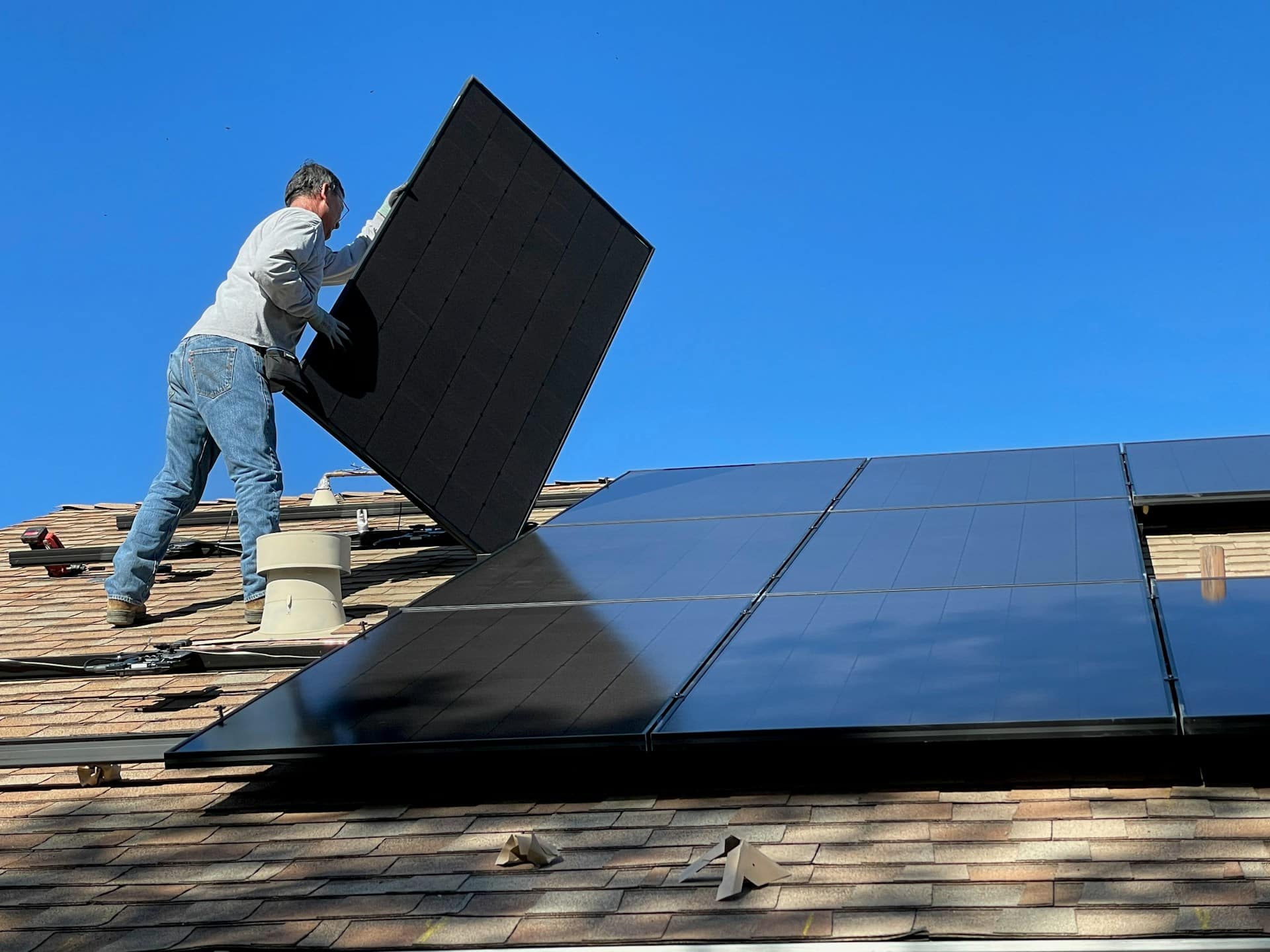This article may contain affiliate links. We may receive a commission for purchases made through these links. Privacy Policy.

Going upside down can be scary, but it can also be exhilarating!
Headstands aren’t simply for that fancy Instagram-worthy post you’ve been trying to nail – they offer many physical benefits too. Improve your blood flow, digestion, and focus. While building strength in your arms, shoulders, and core by doing any and all of the following progressions. This step-by-step sequence is about to boost your confidence in your inversion game. Are you ready?
Note: If you have never done any inversion like this, please go slow. Consider working with the first few steps until you build the strength and balance to move on to the full pose.
Step 1: Set Up

Proper placement of your elbows, wrists, and head are essential for safety and execution. Start on all fours (hands and knees) with your hands shoulder-width apart.
Replace your hands with your elbows (lower to your forearms) and interlace your fingers.
Be careful not to let your elbows slide-out wider than shoulder-width apart.
Relax your neck so that the crown of your head is on the mat between your forearms and the back of your head is behind your wrists.
Step 2: Ground Down

Actively press your elbows, forearms, and wrists into your mat – the more you press down, the more stable you become. Your head is still touching the ground, but do not dump your weight into your head. Keep the energy and strength in your forearms – maybe so much that your shoulders move away from your ears (bonus points!). Next, tuck your toes under and lift your hips to the sky. Congrats, you are in Dolphin Pose!
Step 3: Shift Forward

Continue to press your elbows, forearms, and wrists into your mat as you walk your feet forward.
Bend your knees as much as you need to as you work to stack your hips over your shoulders. You may feel a bit more weight shift into your head.
Nailing this alignment sets you up safely for the final progressions.
Once you feel stable here and can take 5-7 breaths without losing strength, carry on to the next step.
Step 4: Half Tuck

When you can comfortably achieve Step 3 (and hold that position for 5-7 breaths), slowly draw one knee into your chest while drawing your belly button to the spine (deep core activation).
You can work to build strength and balance by tucking one knee you’re your chest for 3-5 breaths, then swap legs and repeat.
Step 5: Full Tuck

Once you feel comfortable achieving Step 4, it’s time to tuck both knees into your chest!
The key to holding this position (beyond the upper body and core strength) is to align your hips over your shoulders and head.
This requires a significant shift forward of your hips, even beyond where you may be in Step 4.
Go slow, drawing your hips up and your heels towards your hips.
Try and hold for 5-7 breaths before working into Step 6.
Step 6: Rise Up

You are so close!
Once you have mastered the full tuck, slowly start to extend your legs up.
Moving SLOWLY is essential to not overpower yourself (and fall). If you are able, keep your legs zipped together.
Squeeze in and slowly extend your legs up.
Note: Falling out of this position will likely happen at some point. If you feel yourself losing control, try to reverse the steps and gently land your feet/knees to the mat. If you feel out of control, rotate your hips in the direction you are falling to land your feet.
Step 7: Bam!

LOOK AT YOU! You did it!
Once you get your legs extended, zip your legs together even more and reach your toes to the sky – all while still pressing down into your mat with your forearms.
Work to increase the number of breaths you can hold yourself here.
Cheering you on as you practice playing upside down!
BoopBod
view postBoopBod
Emily and Beth are besties who head up Boopbod. They love kettlebell workouts, coffee runs, sweaty power vinyasa flows and loads of belly laughs. They create resources that elevate your mind, body and soul, allowing their squad to live out their version of "happy healthy."
view post








